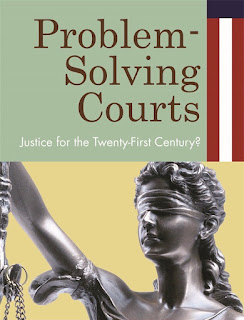Moving New York City Forward in 2014 (and Beyond)
I spent the greater part of Monday at Moving New York City Forward in 2014 and Beyond, a conference organized by New York City Council Member Brad Lander and Professor John Mollenkopf, the director of the Center for Urban Research at CUNY's Graduate Center. The goal of the conference was to help flesh out a progressive government agenda for New York that focuses in particular on the problem of inequality.
I found it a mostly stimulating event. There was a palpable buzz of excitement in the air about Bill de Blasio's victory last week in the New York City mayor's race. While I worry that no mayor on earth will be able to meet the expectations that de Blasio has engendered among the advocates, academics, foundation executives, union officials, and non-profit leaders who made up the bulk of the attendees at the conference, I think he has already done something positive by sparking conversations like the one on Monday, which touched on issues of employment, education, and neighborhood development in a searching and thoughtful manner.
I spoke on a panel about participatory government. While I talked mostly about the Center for Court Innovation's approach to partnering with government, I couldn't resist saying a few words about the National Center for State Courts' evaluation of the Red Hook Community Justice Center, which was formally released to the world yesterday. (The photo above is taken from the groundbreaking ceremony in Red Hook. Note the broken windows behind the dignitaries.) Happily, the study documents that the Justice Center has largely succeeded in accomplishing its three primary goals: reducing reoffending, cutting the use of jail, and improving court-community relations. The authors of the study argue that the active ingredient at Red Hook was procedural justice -- that by improving defendants' perceptions of the justice system, the Justice Center helped encourage compliance with the law and positive social norms.
Unusually for us, we are going to spend a couple of weeks intensively trying to spread the word about the Red Hook results. Our motives are both mercenary and altruistic. I think the results are obviously good for the Center for Court Innovation -- we helped to conceive, plan, and implement a project that has achieved some difficult goals and we are proud of that. But I also think that these results offer important ammunition for those of us (and we are hardly alone in this) who care about making the system more fair, both in reality and in perception. I hope this study will encourage courts and other criminal justice agencies to take a long hard look at how they work with individuals -- be they victims, witnesses, probationers, parolees, or defendants -- and think about how they can serve the public better. I also hope this study will offer food for thought for those who end up staffing the de Blasio administration, encouraging them to invest in community justice and meaningful alternatives to incarceration.
Here are a couple of links to early press coverage of the study:
Huffington Post: Perceptions Matter -- A Roadmap to Reducing Crime
New York Daily News: Red Hook Community Court Is a Success


